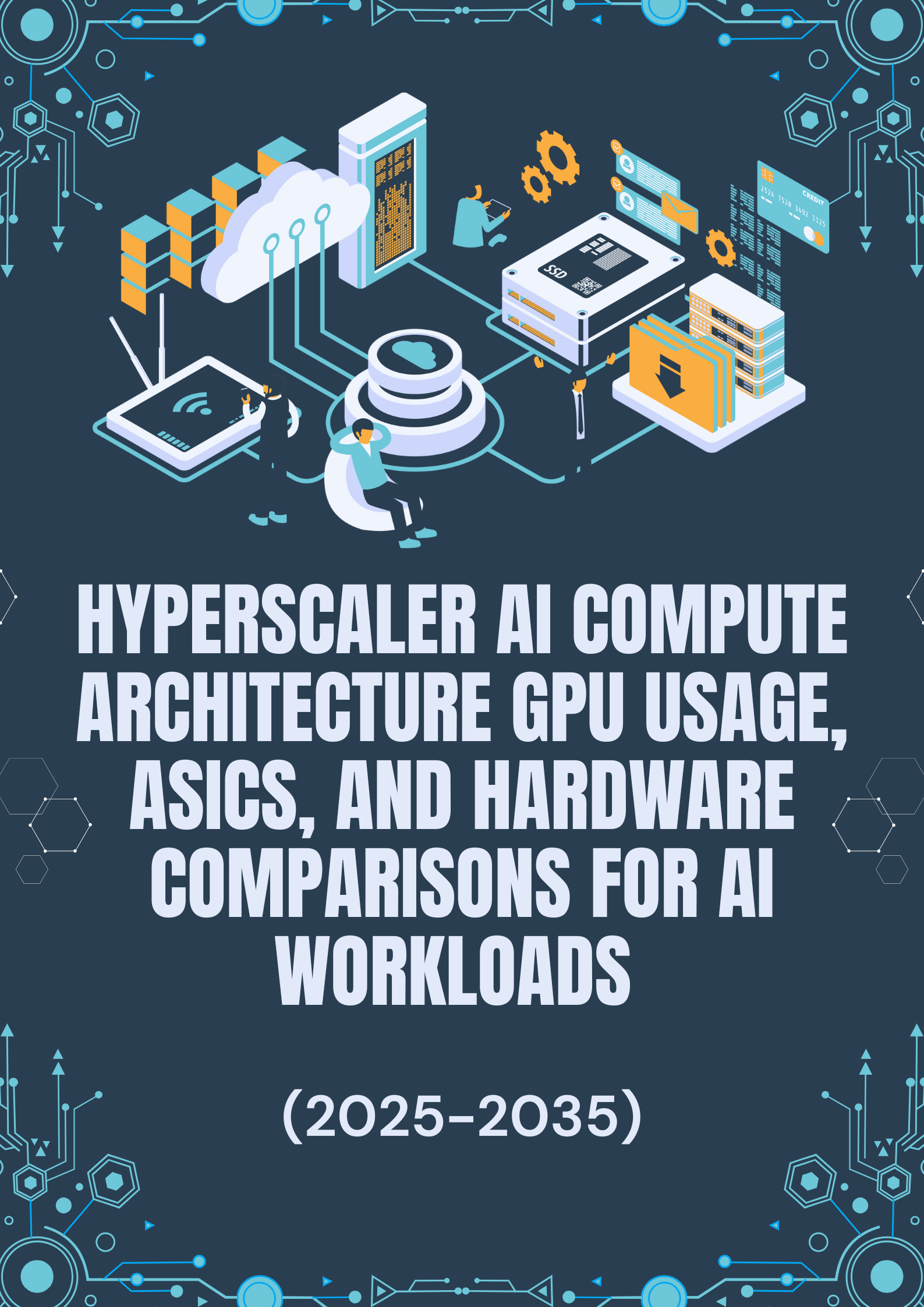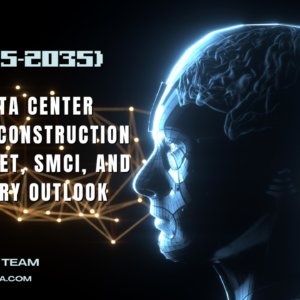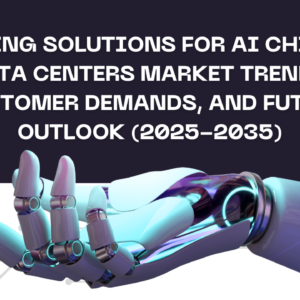1. New Recommendation Systems
a. Computational Requirements
-
- Typical workload characteristics
- Latency and throughput demands
- Data processing and memory access patterns
b. GPU Usage in Recommendation Systems
-
- Advantages of GPUs for recommendation workloads
- Scenarios requiring continuous GPU usage
- Batch processing vs. real-time inference
c. Potential for ASIC Adoption
-
- Benefits of custom ASICs for recommendation inference
- Challenges in transitioning from GPUs to ASICs
- Hybrid approaches using both GPUs and ASICs
d. Efficiency Considerations
-
- Power consumption comparisons: GPUs vs. ASICs
- Total Cost of Ownership (TCO) analysis
- Performance per watt metrics
2. AI Content Creation (Multi-modal)
a. Workload Characteristics
-
- Computational demands of image/video generation
- Differences between training and inference phases
- Scalability requirements for content creation tasks
b. GPU Utilization in Content Creation
-
- Strengths of GPUs for multi-modal AI tasks
- Scenarios necessitating continuous GPU usage
- Batch processing opportunities for efficiency
c. Alternatives to GPUs for Inference
-
- Potential of FPGAs for flexible inference acceleration
- Custom ASICs designed for multi-modal inference
- CPU-based solutions for specific content creation tasks
d. Post-Training Optimization Techniques
-
- Model compression and quantization approaches
- Distillation techniques for efficient inference
- Hardware-aware model optimization
3. Comparison of GPU Architectures for AI Workloads
a. Training Workloads
-
- Architecture differences impacting training performance
- Memory bandwidth and capacity considerations
- Scalability in multi-GPU and multi-node setups
b. Inference Workloads
-
- Efficiency in various inference scenarios
- Latency comparisons for real-time applications
- Support for different precision formats (FP32, FP16, INT8)
c. Ecosystem Comparison
-
- CUDA ecosystem overview
- Developer tools and libraries
- Optimization capabilities
- Third-party software support
- ROCm ecosystem analysis
- Open-source approach and community involvement
- Compatibility with CUDA-based applications
- Unique features and optimization techniques
- CUDA ecosystem overview
d. Performance Benchmarks
-
- Standard AI benchmarks (e.g., MLPerf)
- Real-world performance in hyperscale environments
- Performance/dollar and performance/watt comparisons
4. Future Trends in AI Compute Architecture
a. Emerging AI Accelerator Technologies
-
- Neuromorphic computing approaches
- Photonic computing for AI workloads
- Quantum-inspired algorithms and hardware
b. Advancements in GPU Architecture
-
- Next-generation memory technologies
- Improved interconnects for multi-GPU scaling
- Specialization for AI workloads within GPU designs
c. Evolution of Custom AI ASICs
-
- Trends in domain-specific accelerators
- Integration of AI accelerators in general-purpose processors
- Reconfigurable AI hardware architectures
5. Hyperscaler Strategies for AI Compute
a. Diversification of Hardware Portfolio
-
- Balancing GPUs, CPUs, and custom accelerators
- Strategies for workload-optimized infrastructure
- Hybrid cloud and edge computing considerations
b. Total Cost of Ownership Optimization
-
- Energy efficiency initiatives
- Cooling and infrastructure optimizations
- Hardware lifespan and upgrade strategies
c. Software and Hardware Co-design
-
- Collaboration with hardware vendors for custom solutions
- Development of proprietary AI accelerators
- Open-source hardware initiatives
6. Challenges and Opportunities
a. Scalability and Performance Bottlenecks
-
- Addressing memory bandwidth limitations
- Improving interconnect performance for distributed training
- Balancing compute and storage requirements
b. Energy Efficiency and Sustainability
-
- Innovations in power management for AI workloads
- Renewable energy integration in data centers
- Carbon footprint considerations in hardware selection
c. Talent and Expertise
-
- Skill requirements for optimizing AI infrastructure
- Training and development programs for AI hardware expertise
- Collaboration with academia and research institutions
7. Case Studies (Generalized)
-
- Successful implementations of mixed hardware strategies
- Performance improvements achieved through architecture optimizations
- Challenges overcome in large-scale AI deployments
8. Future Outlook (2025-2035)
-
- Projected advancements in AI hardware efficiency
- Shifts in the balance between GPUs, ASICs, and other accelerators
- Potential disruptors in the AI compute landscape
9. Strategic Recommendations
-
- Key considerations for hyperscalers in AI hardware selection
- Best practices for optimizing AI compute infrastructure
- Long-term planning for evolving AI workloads
10. Conclusion
-
- Summary of key insights on hyperscaler AI compute architecture
- Critical success factors for efficient AI infrastructure
11. Appendices
-
- Glossary of AI hardware and hyperscaler terms
- Comparative table of GPU architectures and ecosystems
- Decision framework for AI accelerator selection
#AICompute #GPUsForAI #ASICsInAI #RecommendationSystems #AIContentCreation #MultimodalAI #AIInference #AITraining #NeuromorphicComputing #PhotonicComputing #HyperscaleAI #TotalCostOfOwnership #AIEfficiency #CustomAIAccelerators #AIWorkloadOptimization #AIHardwareTrends #SustainableAI #AIDataCenters





